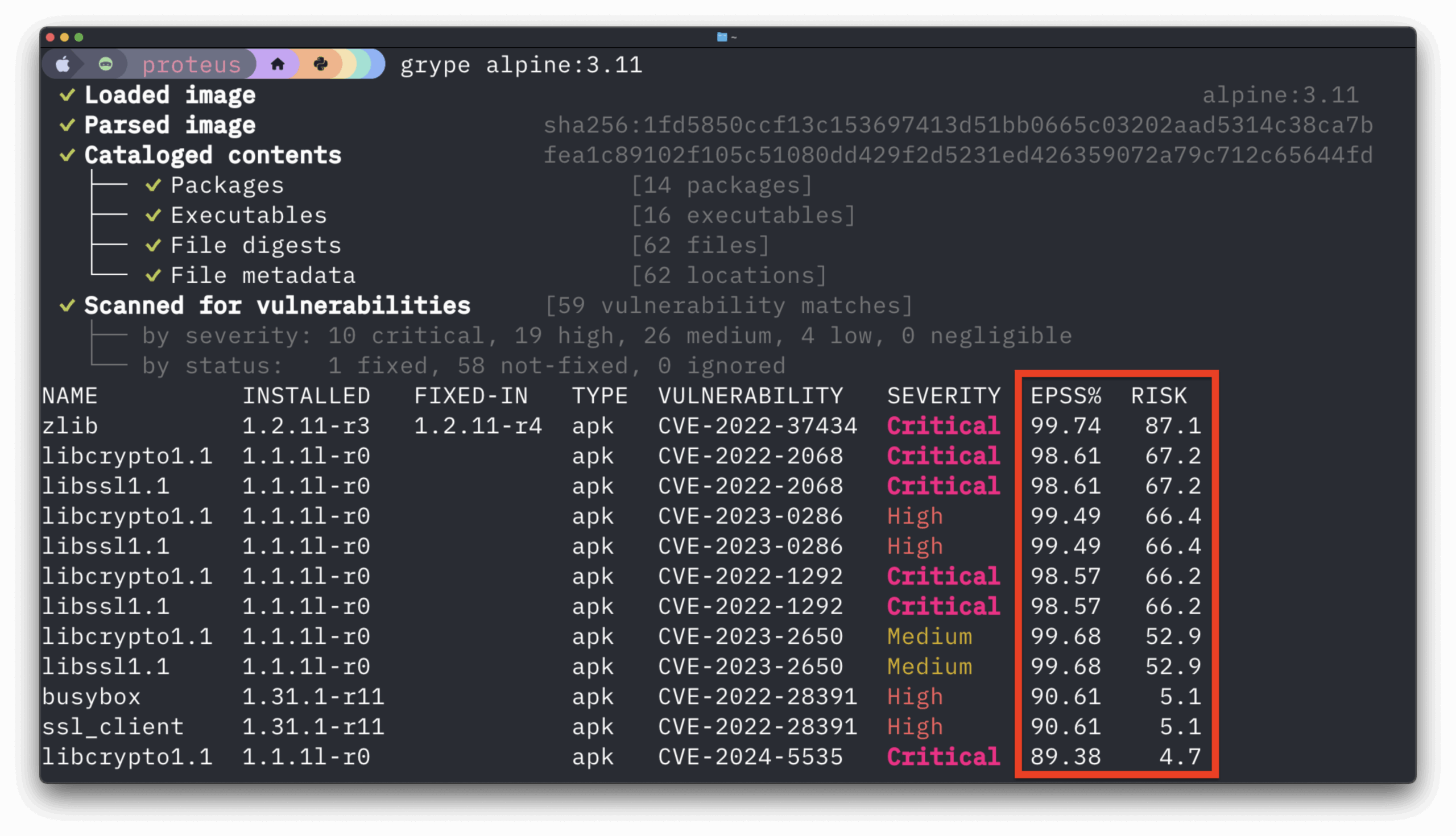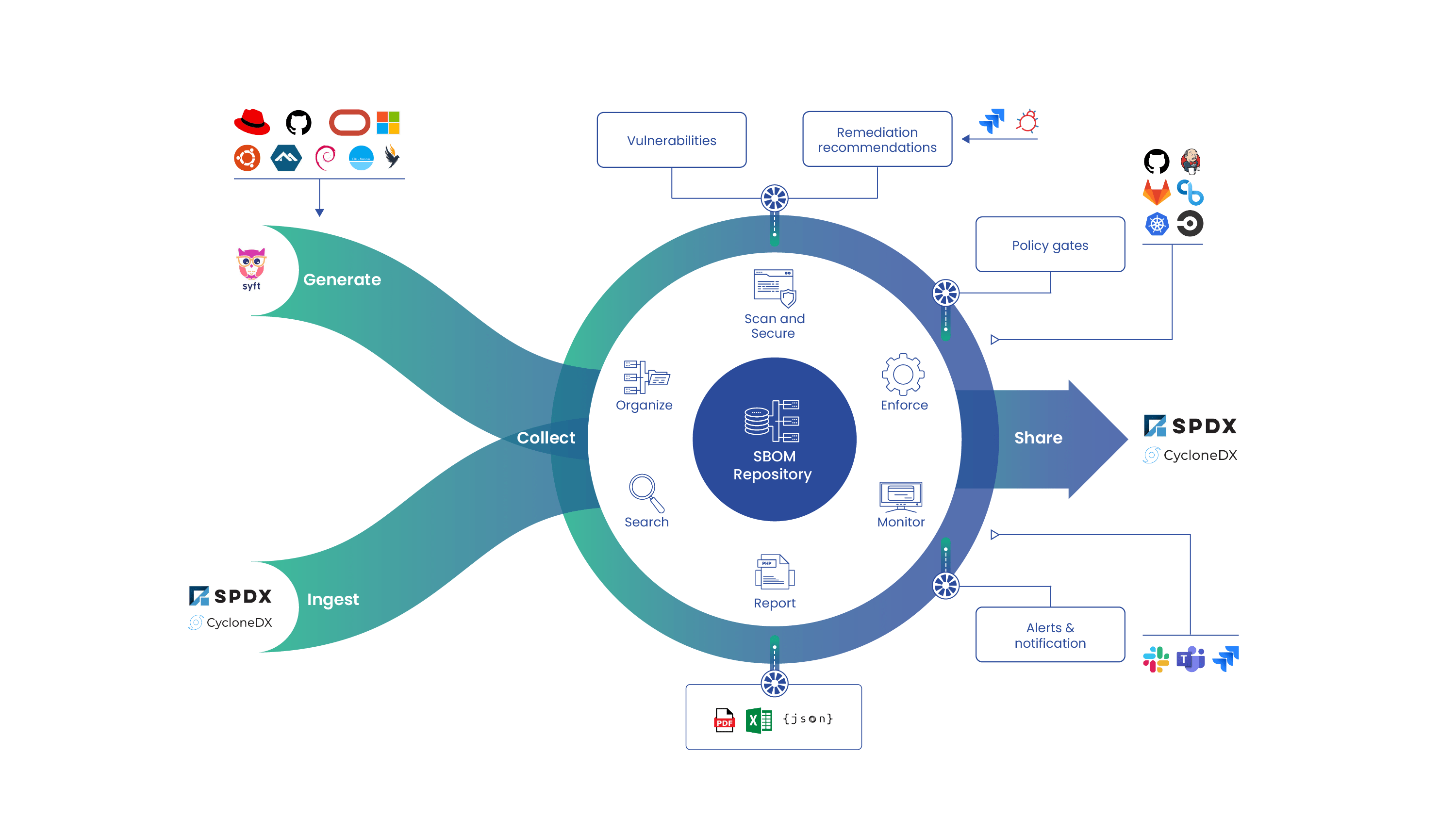Last week the NSA, CISA, and ODNI released a guide that lays out supply chain security, but with a focus on developers. This was a welcome break from much of the existing guidance we have seen which mostly focuses on deployment and integration rather than the software developers. The software supply chain is a large space, and that space includes developers.
The guide is very consumable. It’s short and written in a way anyone can understand. The audience on this one is not compliance professionals. They also provide fantastic references. Re-explaining the document isn’t needed, just go read it.
However, even though the guide is very readable, it could be considered immature compared to much of the other guidance we have seen come from the government recently. This immaturity of a developer focused supply chain guide came through likely because this is in fact an immature space. Developer compliance has never been successful outside of some highly regulated industries and this guide reminds us why. Much of the guidance presented has themes of the old heavy handed way of trying to do security, while also attempting to incorporate some new and interesting concepts being pioneered by groups such as the Open Source Security Foundation (OpenSSF).
For example, there is guidance being presented that suggests developer systems not be connected to the Internet. This was the sort of guidance that was common a decade ago, but no developers could imagine trying to operate a development environment without Internet access now. This is a non-starter in most organizations. The old way of security was to create heavy handed rules developers would find ways to work around. The new way is to empower developers while avoiding catastrophic mistakes.
But next to outdated guidance, we see modern guidance such as using Supply chain Levels for Software Artifacts, or SLSA. SLSA is a series of levels that can be attained when creating software to help ensure integrity of the built artifacts. SLSA is an open source project that is part of the OpenSSF project that is working to create controls to help secure our software artifacts.
If we look at SLSA Level 1 (there are 4 levels), it’s clearly the first step in a journey. All we need to do for SLSA level 1 is keep metadata about how an artifact was built and what is in it. Many of us are already doing that today! The levels then get increasingly more structured and strict until we have a build system that cannot connect to the internet, is version controlled, and signs artifacts. This gradual progress makes SLSA very approachable.
There are also modern suggestions that are very bleeding edge and aren’t quite ready yet. Reproducible builds are mentioned, but there is lack of actionable guidance on how to accomplish this. Reproducible builds are an idea where you can build the source code for a project on two different systems and get the exact same output, bit for bit. Today everyone doing reproducible builds does so from enormous efforts, not because the build systems allow it. It’s not realistic guidance for the general public yet.
The guide expands the current integrator guidance of SBOM and verifying components is an important point. It seems to be pretty accepted at this point that generating and consuming SBOMs are table stakes in the software world. The guide reflects this new reality.
Overall, this guide has an enormous amount of advice contained in it. Nobody could do all of this even if they wanted to, don’t feel like this is an all or none effort. This is a great starting point for developer supply chain security. We need to better define the guidance we can give to developers to secure the supply chain. This guide is the first step, the first draft is never perfect, but the first draft is where the journey begins.
Understand what you are doing today, figure out what you can easily do tomorrow, and plan for some of the big things well into the future. And most importantly, ignore the guidance that doesn’t fit into your environment. When guidance doesn’t match with what you’re doing it doesn’t mean you’re doing it wrong. Sometimes the guidance needs to be adjusted. The world often changes faster than compliance does.
The most important takeaway isn’t to view this guide as an end state. This guide is the start of something much bigger. We have to start somewhere, and developer supply chain security starts here. Both how we protect the software supply chain and how we create guidance are part of this journey. As we grow and evolve our supply chain security, we will grow and evolve the guidance and best practices.




